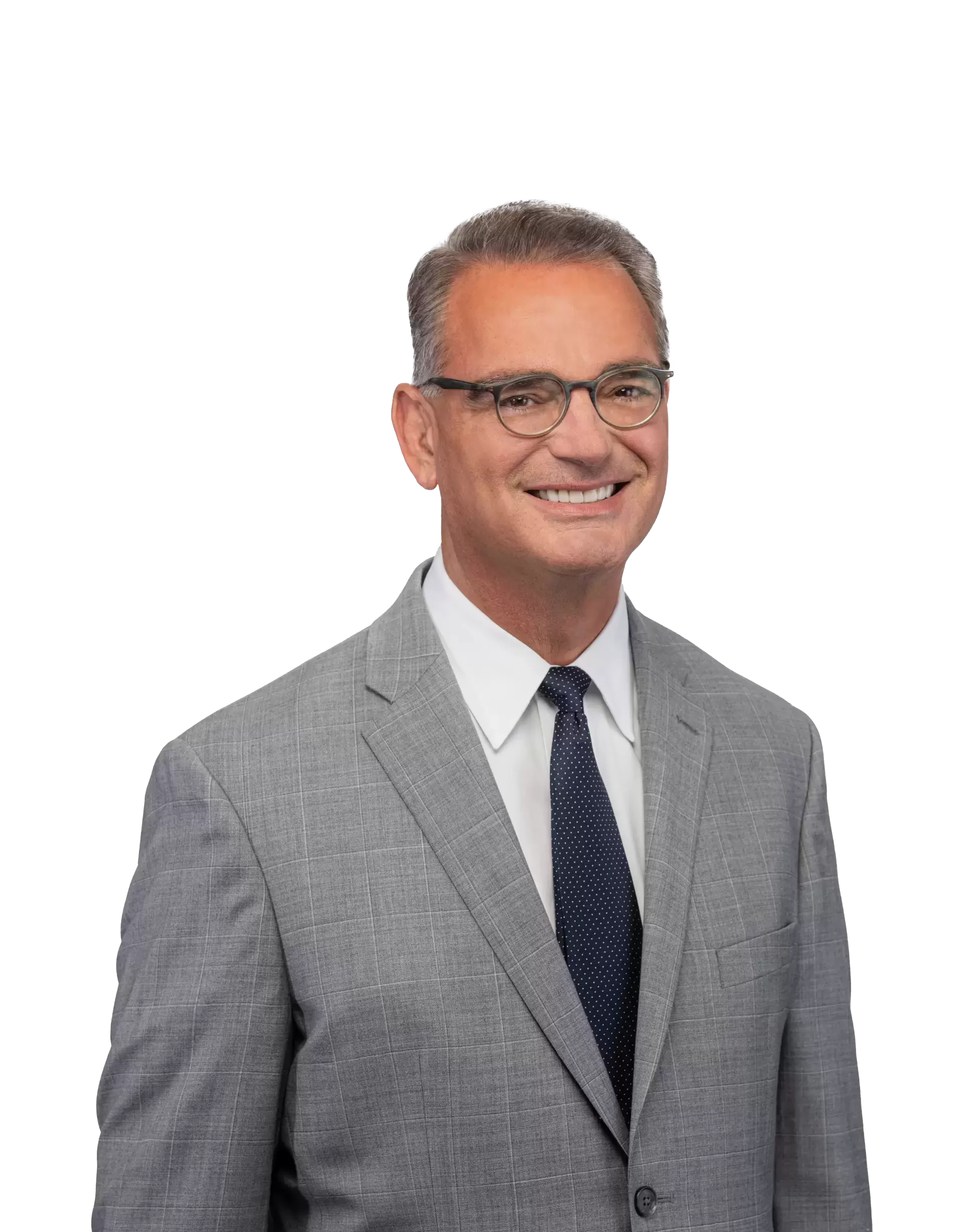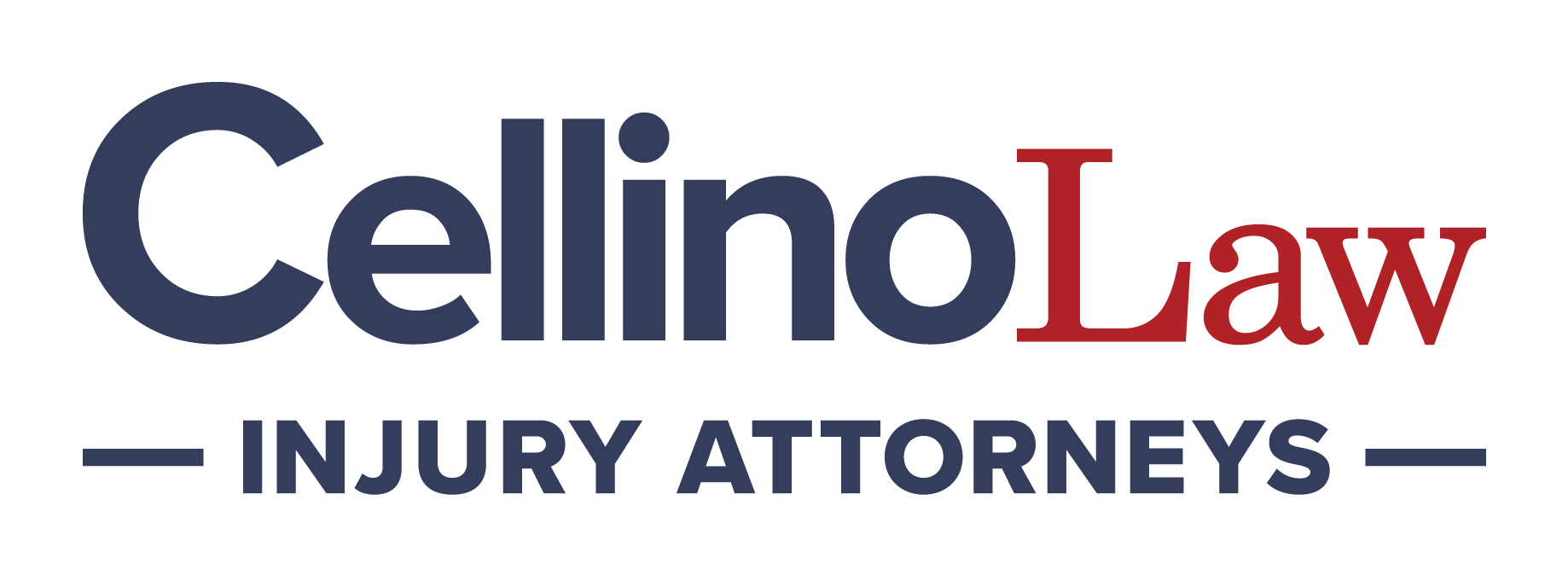Car accidents can range from minor fender benders to catastrophic crashes, with ejection accidents being among the most dangerous and often fatal. When a person is thrown from the vehicle, their injuries can be severe and life-altering, often leading to long recovery times or permanent disabilities. Understanding the causes, risks, and prevention of ejection accidents is important for all drivers and passengers.
The Serious Risks of Ejection Accidents
Ejection accidents are one of the most severe types of crashes, and the results can be fatal. The impact of being thrown from a car exposes the person to a range of injury types, such as:
Bone Fractures
Bone fractures are common in ejection accidents and can be severe. Oftentimes, they require extensive surgeries and long-term rehabilitation, potentially leading to permanent mobility limitations.
Spinal Cord Injuries
Damage to the spinal cord is one of the most serious injuries resulting from an ejection. Depending on the severity of the injury, victims may experience paralysis, loss of sensation, or other long-term neurological issues. Spinal cord injuries may require lifelong care, therapy, and home modifications.
Traumatic Brain Injuries (TBI)
The head is particularly at-risk in ejection accidents. When someone is thrown from a car, they may likely strike their head against the ground, another vehicle, or objects along the roadside. Even mild TBIs, such as concussions, can result in long-term cognitive or emotional issues.
Internal Injuries
The force of an ejection accident can cause damage to internal organs. These injuries may not be immediately visible but can be life-threatening if not treated, requiring urgent surgery and long recovery times.
Soft Tissue Injuries
These injuries include bruising, sprains, and tears in muscles or ligaments, which are common in ejection accidents. Soft tissue damage can cause pain, swelling, and long-term physical limitations.
How Ejection Accidents Happen
Many ejection accidents occur under specific circumstances. Several key factors increase the likelihood of ejection during a crash:
Vehicle Rollovers
Rollovers are one of the most common causes of ejections. In a rollover, the car flips over onto its side or roof, which can cause the occupants to be thrown out of the vehicle. Rollovers typically happen during high-speed crashes or when a car strikes an object that causes it to flip.
Failure to Wear a Seatbelt
This is one of the most preventable causes of ejection. Seatbelts are the primary safety feature that keeps occupants inside the vehicle during a crash. Wearing a seatbelt can reduce the risk of ejection by up to 75%. Without a seatbelt, a person is much more likely to be thrown from the vehicle, especially in a rollover accident.
High-Speed Crashes
The faster a vehicle is traveling when an accident occurs, the more forceful the impact, which can result in ejection. High-speed crashes increase the likelihood that the car will rollover or suffer significant structural damage.
Improperly Secured Passengers
Children or adults who are not properly restrained, such as those not wearing a seatbelt or those who are seated improperly, are at a much higher risk of ejection. This is especially true for children who are not in appropriate child safety seats or booster seats.
Older or Poorly Maintained Vehicles
Older vehicles or those lacking modern safety features, such as airbags, side-impact protection, or reinforced roofs, are more likely to result in severe injuries in the event of an accident. These vehicles often don’t provide the same level of protection in a crash, increasing the risk of ejection.
Preventing Ejection Accidents
While it’s impossible to prevent all accidents, there are several measures you can take to reduce the risk of being ejected in the event of a crash. These preventive steps are simple but important:
Wear Seatbelts
This is the most effective way to prevent ejection accidents. Every person in the vehicle, including children, should always wear a seatbelt. Children should also be securely placed in an appropriate car seat or booster seat, depending on their age and size.
Drive Defensively and Obey Traffic Laws
Always follow posted speed limits and maintain a safe distance from other vehicles. Avoid engaging with aggressive drivers or utilizing aggressive driving behaviors, such as tailgating, changing lanes abruptly, or running red lights. These actions put you and others at an increased risk of a crash.
Inspect Your Vehicle Regularly
Regular maintenance is important to ensuring your vehicle is in safe working condition. Check that your seatbelts, airbags, and doors are functioning properly. Make sure tires, brakes, and other essential components are in good working order.
Drive With Caution
Avoid driving when you’re fatigued or impaired by alcohol, drugs, or medications. Drowsy driving is just as dangerous as drunk driving and can significantly impair your reaction times and judgment. Stay alert and focused on the road at all times.
What To Do After An Ejection Accident
If you or someone you love is involved in an ejection accident, the aftermath can be overwhelming. The severity of the injuries and the long road to recovery often require significant medical treatment and rehabilitation. Here are steps to take immediately after the accident:
Seek Medical Attention Immediately
Even if the injuries seem minor at first, it’s important to seek a medical evaluation as soon as possible. Prompt medical attention can prevent long-term complications and provide detailed medical records for any insurance claims you pursue after the accident.
Call 911
Always call the police to report the accident. A police report is a non-biased accord that helps establish the facts surrounding the crash and provides an official record of what happened. Police records act as an important piece of evidence in insurance claims or legal actions.
Document the Scene
If you’re able to, take pictures and video of the accident scene, your injuries, and the damages to the vehicle. Collect contact information from any witnesses to the accident. This evidence may be important if you pursue legal action or need to prove liability for your injuries.
Consult with an Experienced Car Accident Attorney
An experienced car accident attorney can help you navigate the complex process of filing insurance claims, gathering evidence, and pursuing compensation for your injuries.
If a loved one has died as a result of a fatal ejection accident, you may be able to file a wrongful death lawsuit. This type of legal action can help cover medical expenses, funeral costs, lost wages, and emotional damages caused by the tragedy.
Cellino Law Is Here To Help
If you or a loved one has been injured in an ejection crash, prompt medical care and legal assistance are important for recovery. At Cellino Law, our team of experienced car accident attorneys can help you to secure the compensation you need for medical bills and long-term care.
We’re here to guide you through the legal process and fight for the settlement you deserve. For a free and confidential case consultation with a member of our legal team, contact us at 888-888-8888.

Content checked by the personal injury attorney Ross Cellino. As a family man and a trial attorney, I pride myself on winning cases and serving the community. With over 35 years of experience, I understand the function of a jury, how juries arrive at conclusions, and the role that the jury plays in administering justice. I know how to win cases. You can find us in Manhattan, Buffalo, Melville, Rochester, Brooklyn, The Bronx, Queens and other locations throughout New York.


 November 13, 2024
|
November 13, 2024
| 